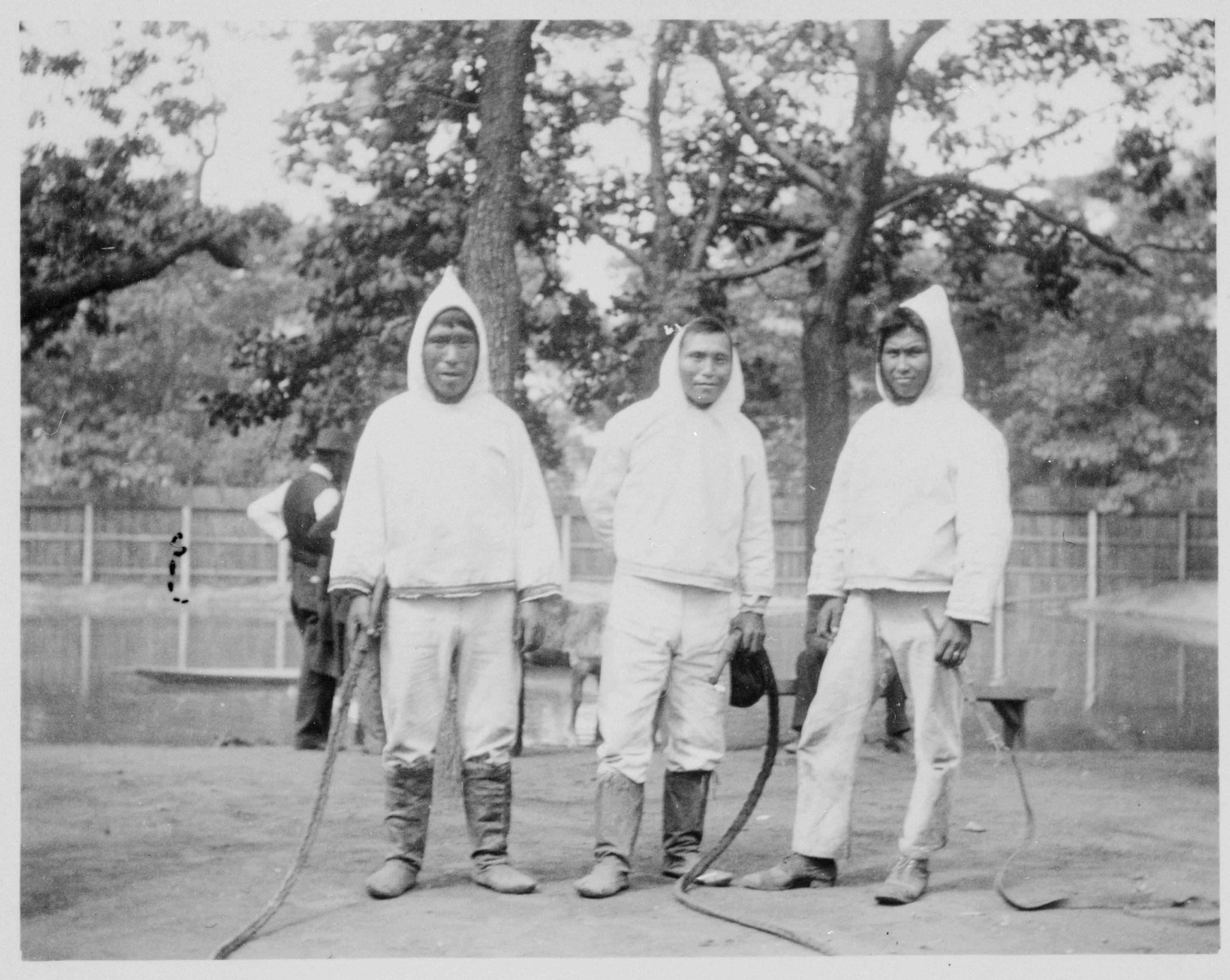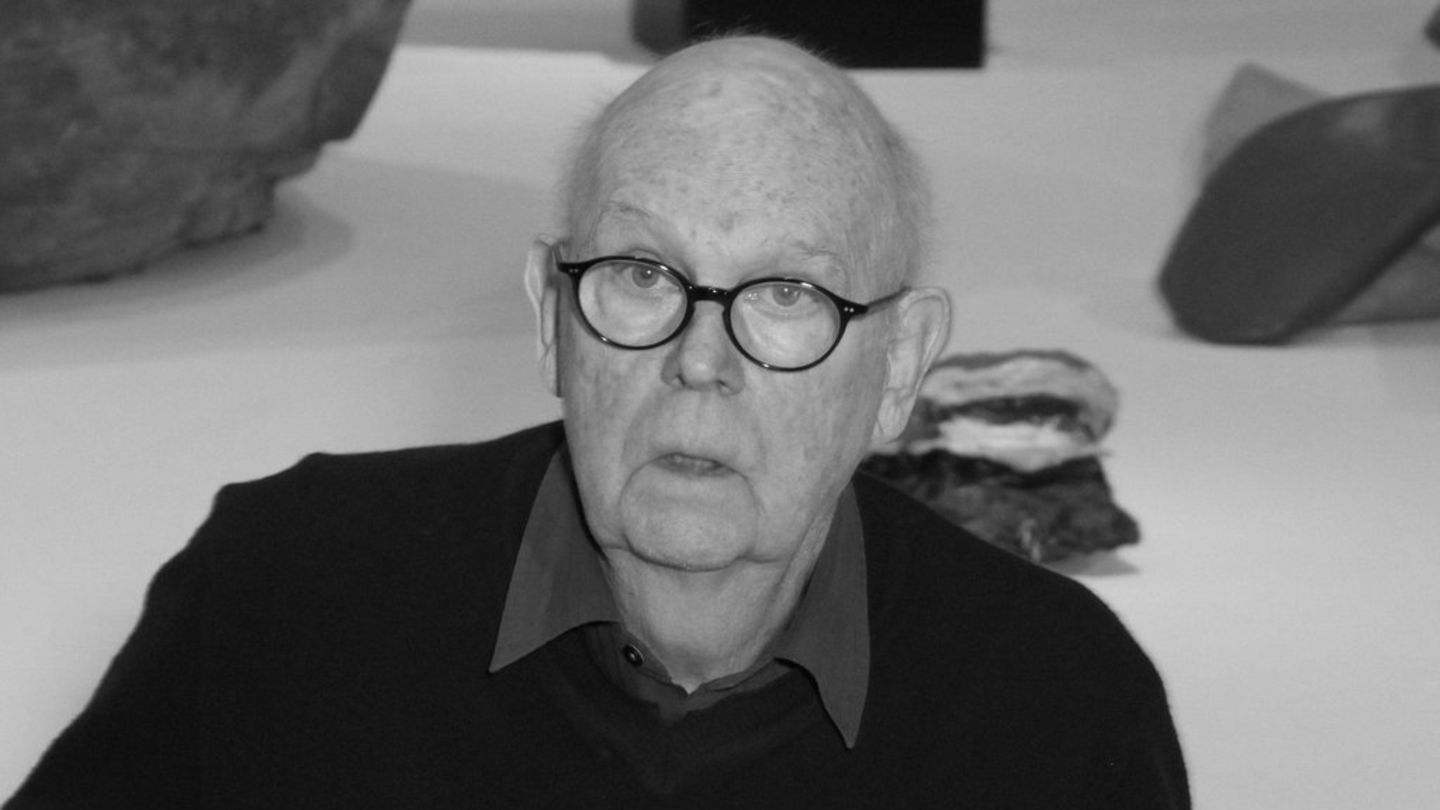
Folklore is the collection of traditions that define a culture and are often shared between people. This includes tales, proverbs, jokes, legends, and other folklore. It also includes mythical creatures. Folklore should be studied because it can help us understand our culture.
Myths
Stories based on myths are stories that refer to the supernatural world. They tell stories about animals, deities, geographical features, natural phenomena, and other supernatural subjects. They also tell stories of the lives and activities deities, including their love affairs, families and triumphs and defeats. They can also refer to ritual or ceremonial paraphernalia including tabus, and other sacred objects. Regardless of the origin of a myth, it often plays an important role in the formation of traditions.

Legends
Legends in folklore include stories from people of various cultures. They were originally intended to serve as oral stories for the poor and contain moral, historical and religious principles. The Old Russian word for "legend" comes from the verb to transmit. Legends were first distinguished by their interpretation of events according religious norms.
Mythical creatures
Folklore tells us that mythical creatures are a variety of qualities that can aid us in our daily lives. They can be a sign of change or help us feel more connected to our emotions. For example, they can make us want to be more creative and open-minded. They can also be symbols of power and wisdom.
Storytelling
Folklore is storytelling that takes place in a community or culture. It often addresses events or experiences that are common to all of us. These stories often tell the story from the point of view of the characters. Folk tales can describe natural disasters such as floods or explain the origins of things and places. Some others are based solely on superstition.
Festivals
Festivals have an important place in the cultural life of many societies and can be defined by their characteristics. They can be cultural events that are sacred, secular or political. In some cases, they may be a relic of earlier times. In other cases, they can be a celebration of new beginnings.

Purpose
Folklore is often used to strengthen community cohesion. Folklore transmission is an inter-personal experience that both the teller of folklore and the audience share.
FAQ
How did pop music come into being?
It was accidental. The first song was written by mistake when someone accidentally knocked over a piano while playing around on New Year's Eve in 1920.
The recording company loved the music and decided to make it a single.
This became the first recorded hit single.
Since then, pop music has become the most popular form of musical entertainment today.
What is pop-media culture?
Pop culture is all around. Pop culture is everywhere. It surrounds us all day. It influences everything from our clothes, food, music, language, politics, and religion. What is pop cultural? Wikipedia states, "Popular Culture (or Popular Culture) is the mass production of ideas and products for mass consumption." Many people think that this term applies to television shows, movies, music, fashion, and other forms of entertainment. Pop culture encompasses much more than entertainment. This term refers to anything consumed by the masses such as video games and sports, toys or clothing, fast food, political campaigns and many other things.
What are some positive features of pop culture?
There are some things about pop culture that aren't bad. Pop culture can be used to spark conversation. Pop culture also helps people express creativity. Pop culture can help artists promote their work.
Pop culture brings people closer together, which I believe is the best part. Everyone wants to see the same shows. Everyone listens to the same music. And everyone likes the same movies. Pop culture allows us all to connect.
Pop culture can be unhealthy. Some films glorify violence, for example. Some programs on television make fun of those with mental disabilities. Others encourage their fans and followers to get high.
What should we do about the negative aspects pop culture?
We should avoid negative aspects of pop culture. We shouldn't let it influence us. It can lead to problems in our health. It can also lead to crime. It can even affect our relationships.
We need to consider whether pop culture is helping society or hurting it. Does it promote good values? Are people being influenced to do bad things?
Let's not forget to ask ourselves if our world is fulfilling. What music do you like? The TV programs we watch The clothes we wear
If we care about our future, we must take responsibility for our actions. We need to decide what kind of world we want to live in. Once we have decided what kind of world we want, then we can choose the best pop culture.
What are some examples from pop culture in 2020?
The music business is changing rapidly. In fact, this year we saw Billie Eilish (Post Malone) and Travis Scott reach number 1 in Billboard's Hot 100 chart. This was an incredible feat for any artist.
This is also true for streaming services. Spotify reported that they streamed over 10 billion hours of audio content last year alone. It's 5x more than the content users were listening to five years ago.
This has caused a significant shift in media consumption. People now spend most of their time-consuming content rather than creating it.
All age groups, including toddlers and retirees, have access to audio content. Anyone can now record, edit, remix, and publish their music.
It's no longer necessary to go to university and study classical instrumentation to be able to play your favorite song. Simply download an application, add your voice and upload them on YouTube.
You don't have to be a musician, but you can watch others make it. There are many channels where you can watch videos of songs.
What is popular culture in the world of music?
Popular Music Culture is a constantly-changing phenomenon that comes in many forms.
Popular music culture is defined by its use of certain styles of music (e.g., rock, jazz) and lyrics. It also includes visual media, like television, fashion, advertising and film, that have an impact on the careers of artists and public perception.
It's also about how fans interact with their favorite artists.
Popular music culture has one element: the rise of "superstars", artists who have gained fame and fortune.
These legends transcend genres and are cultural icons. Their success has influenced popular music's evolution.
Other aspects of popular music culture include:
* The rise of recording technology -- from acoustic instruments and electric guitars to microphones and microphones.
* Invention of the record player and radio
* The birth and rise of rock & roll.
* The introduction of television and film
* The birth MTV and VH1
* The creation or the Internet.
What are examples of pop culture today?
Pop Culture is the 21st century's art form. Pop Culture encompasses all types of popular entertainment: music, film and TV, video games fashion, advertising, comics, and more. Author Neil Postman coined the term in his book Amusing Ourselves To Death (1985). He defined "pop" as a style of mass communication that uses cheap tricks and formulaic devices to create an illusion of spontaneity and uniqueness.
He said that people don't experience true joy because they are conditioned to look for media experiences that make them feel better than others. He also argued that cultural expression has contributed to the decline in critical thinking skills among young adults.
Pop culture is also known as consumerism or popular culture.
Is Tik Tok pop culture?
Yes! It's not for teenagers. These short videos can be shared with friends and family to share their emotions, thoughts, and life moments.
Over 200 million people are using the app daily around the world. This number continues to grow by millions every single day.
TikTok offers brands a unique opportunity to connect with consumers and establish meaningful relationships.
TikTok is also home to many influencers who have built massive followings on the platform. These creators create original content which engages audiences around the globe.
So what are waiting for? Here are four ways you can take advantage of this trend.
-
Create viral content
-
Engage Influencers
-
Use Visuals Effectively
-
Be creative with your audience
Statistics
- Recently, the market share across Western Europe has ranged from 60-75% (Hopewell, 2013). (socialsci.libretexts.org)
- In 1987, US films captured 56% of the European film market. (socialsci.libretexts.org)
- For example, the term hater meaning someone who strongly undermines or criticizes others, often due to pathetic jealousy, likely emerged from hip hop culture, such as the term playa hateras, used by influential rapper Biggie Smalls as early as 1995. (simplicable.com)
- According to Kathryn Sorrells (2013, pp. 142-144), there are several ways that we can become informed consumers of popular culture. (socialsci.libretexts.org)
- [17][18][19]Definition[edit]According to author John Storey, there are various definitions of popular culture. (en.wikipedia.org)
External Links
How To
What companies have used pop culture to promote their products?
Many companies have used popular culture to market their products and services in recent years. Here are just a handful:
-
McDonald's - The McDonald's Superbowl campaign featured clips from films like 'The Big Short' or 'Inside Out'. Another ad was called "I love it", which featured images featuring people dancing and eating to Drake's music.
-
Nike - Nike unveiled a Nike commercial featuring Kevin Durant as a basketball player in 2013. He says that he was inspired and motivated by the movie Space Jam to get his shoes on and play basketball.
-
Coca-Cola - During the summer of 2015, Coca-Cola released a series of ads called "America's Choice Awards." These were based on categories, including Best Movie, Best TV Show, etc. Each category had its 30-second advert at a fictional awards ceremony.
-
Google - Google declared in November 2015 that the company would sponsor the Super Bowl. This was the first sponsorship since 2010. This included launching a website called google.com/superbowl, allowing users to watch highlights from previous games. Google would show the votes of users alongside the scores for each team.